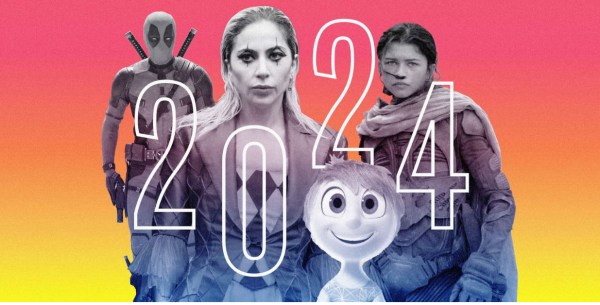Adriana Varejão ICA Exhibit
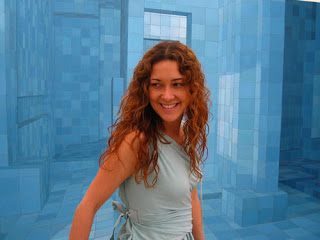
December 5, 2014
Located on the Boston waterfront, the Institute of Contemporary Art, Boston-or the ICA- features evocative and inspired collections of contemporary art. Since November 19th the Fontene Demoulas Gallery and the Paul and Catherine Buttenwiser Gallery have exhibited the works of famed Brazilian artist, Adriana Varejão. Running through April 5th of next year, the Varejão exhibit is disturbing-the front desk museum workers warn attendees of “the goriness”- while simultaneously redolent and extremely captivating.
Unifying her work, Varejão focuses on the idea of anthrophagy or cultural cannibalism. This term was coined and brought to prevalence by Brazilian modernist Oswald De Andrade. He was the father of the “Athropophagist Manifesto,” a pronouncement urging artists to “cannibalize” cultural influence of Brazilian colonizers, forming a new Brazilian culture through this symbolic absorption.
Varejão’s work also notably interprets different historical references and racial identities, infusing Brazilian culture and colonial history throughout. She contrasts the historical tones and often initially classical appearances of some of her works with contemporary depictions or spins. At first glance, one piece, Entrance Figure I(Figura de convite I), was simply a classical blue and white tiled work, featuring a figure posing in front of a balustrade. Upon closer expectation, the piece was revealed to be wrought with increased depth. The figure is a naked female holding a sharp spear and gesturing to the scene behind her, outfitted only in her floral tattoos. Behind her is a gory scene of cannibalism and chaos. By contrasting these two ideals, classical and contemporary, and featuring the opposing cultural ideas, Varejão is able to represent both symbolic and literal cannibalism.
In several pieces, a similarly done classic tiled setting was casually disrupted by what appeared to be bloody tears revealing graphic organs. A favorite piece of mine was Walls with incisions a la Fontana-horizontal (Parede com incisoes a la Fontana- horizontal), a pale blue tiled work, resembling a bathroom floor, and marred by corporeal and brutal incisions, revealing red innards. Varejão’s work is alive. Another memorable piece was a two dimensional white tiled scene, in which a white pillar blocked the center of the painting, as what appeared to be blood leaked out from behind the pillar. The ambiguity of this painting The Guest (O Convidado) leaves the onlooker questioning, curious, and troubled.
A piece dealing more directly with cultural conflict was: Eye Witnesses X, Y, and Z (Testemunhas oculares X, Y, e Z). Varejão uses a portrait of herself as a base, manipulating her features and dress to appear as a Chinese woman, an Arabic woman, and a native Brazilian. Three paintings, each featuring one of the women, were hung above three separate tables. Each painting had the look of a more traditional oil painting but an eye of each woman had been gouged out, leaving an unnerving hole. The tables below the three women, displayed their corresponding eyes on which horrific and cannibalistic scenes had been painted. These scenes were representative of the traumatic events the women had served eye witness to in their respective cultures and of the violence littered throughout history as cultures were destroyed, changed, and misinterpreted.
The Adriana Varejão exhibition has a profound impact, leading a viewer to think deeply . I spent an hour in the exhibit and if I were not on a tight schedule, would have stayed much longer. With the exception of those who are squeamish, I recommend all take a visit to the ICA before April 5th to see the incredibly thought provoking Adriana Varejão exhibition. It is, without a doubt, my favorite exhibit the ICA has showcased to date.


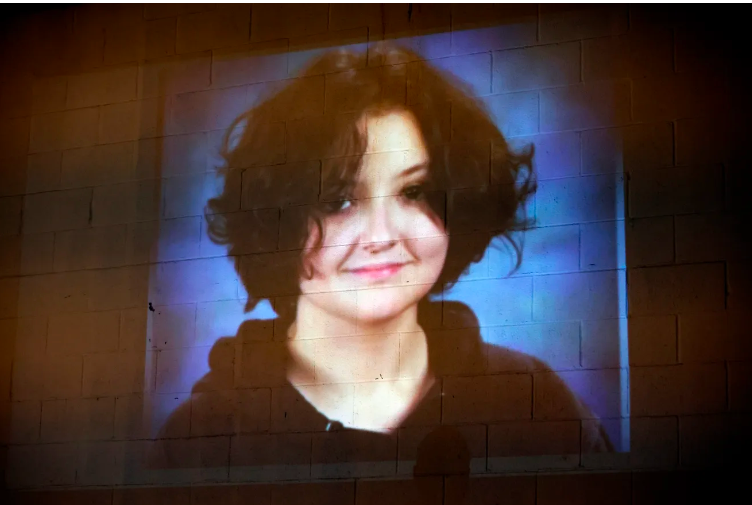
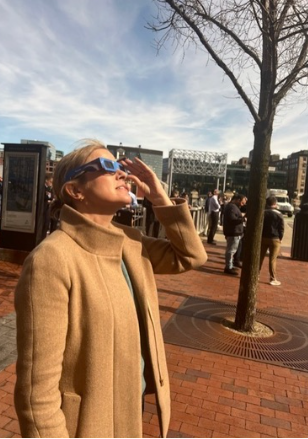




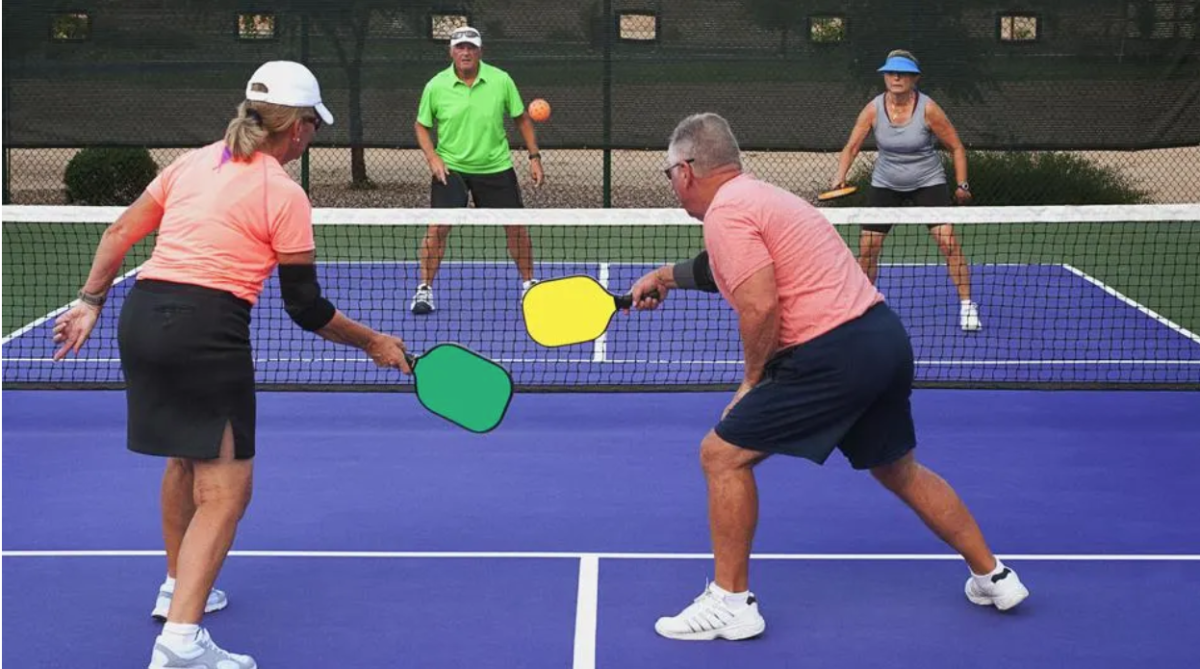
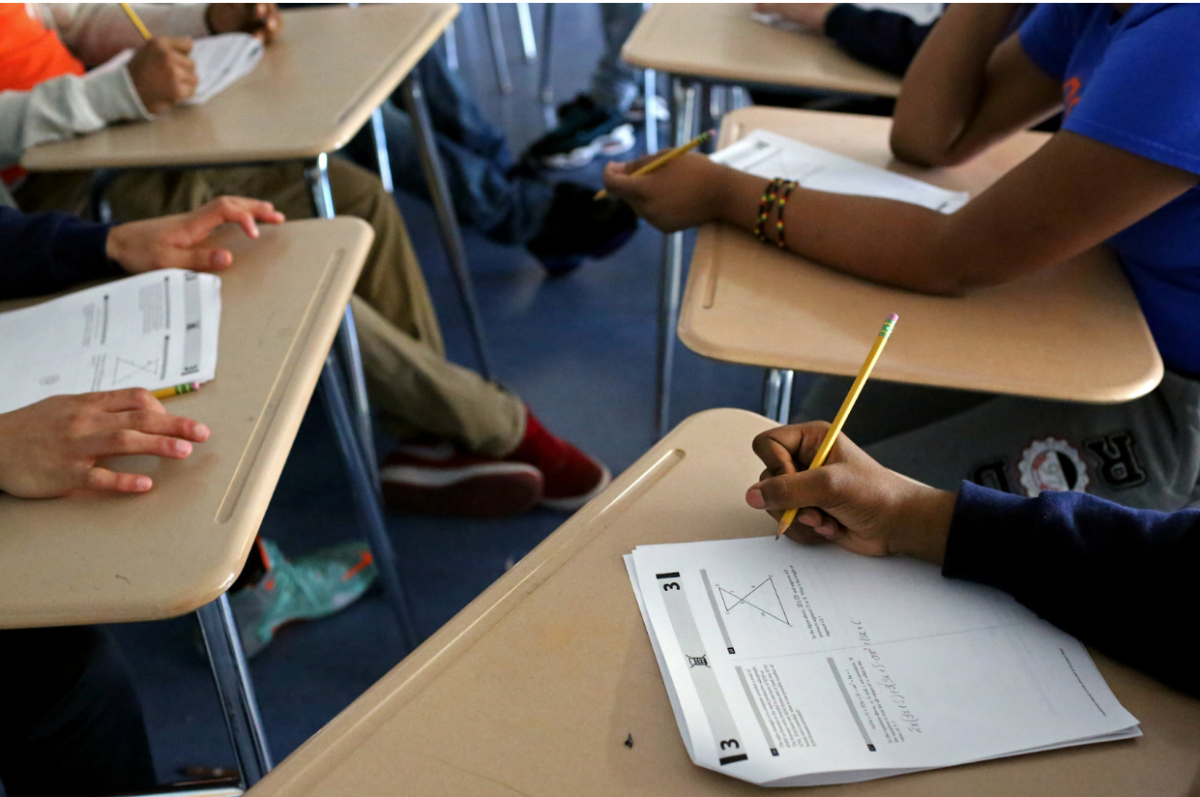

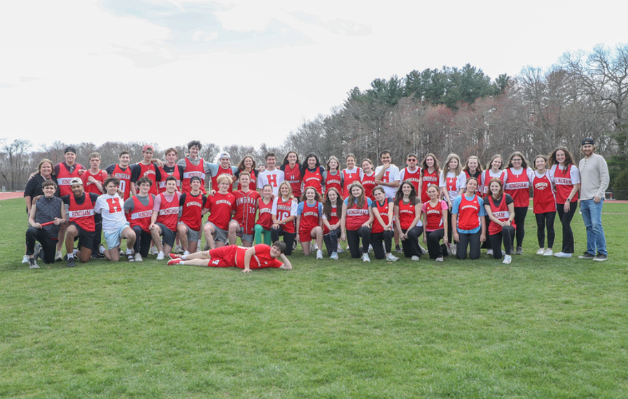




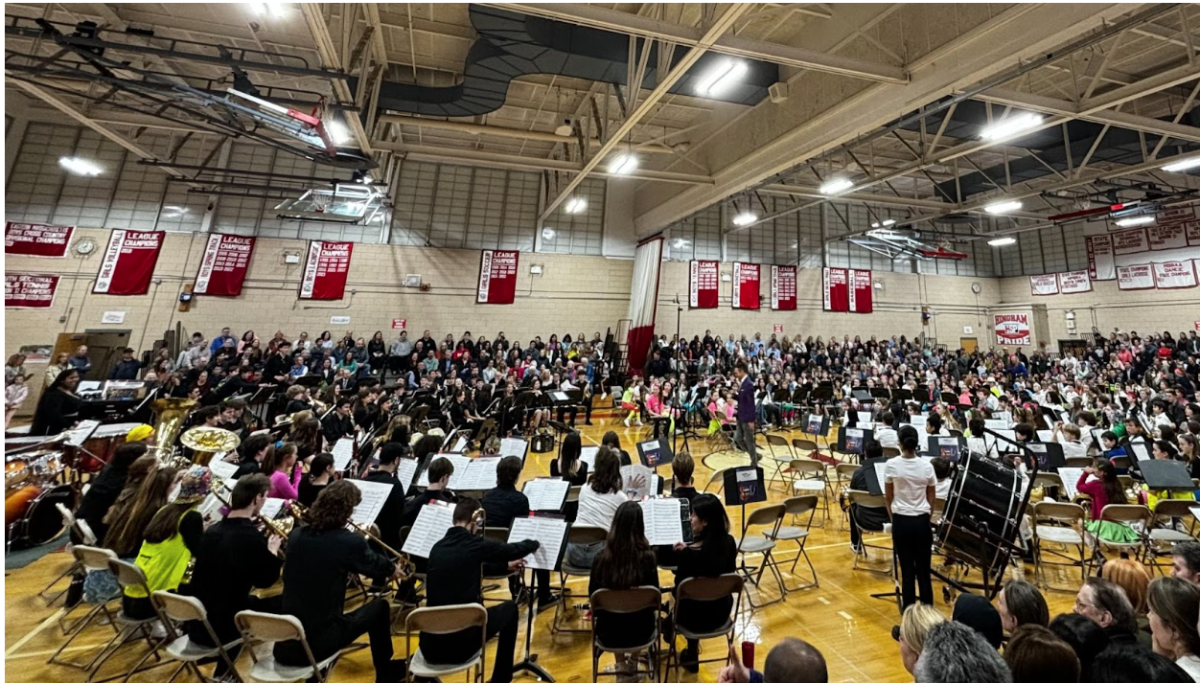




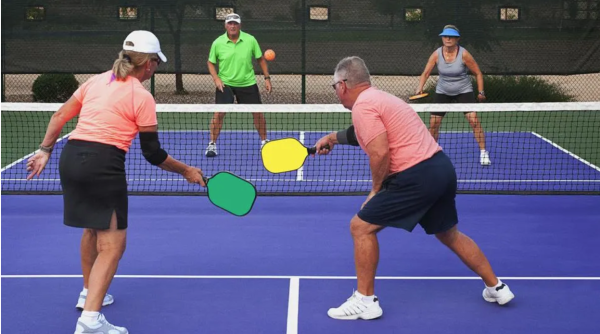


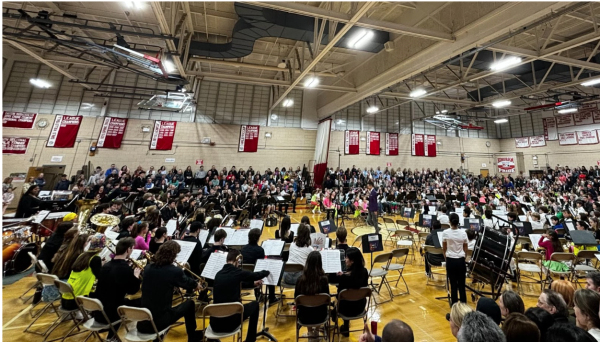

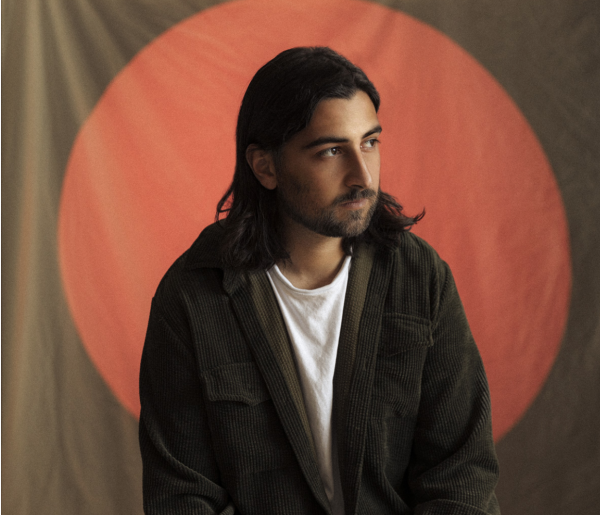

![Finneas and Billie Eilish accept the Song Of The Year award for What Was I Made For? [From the Motion Picture “Barbie”]. PHOTO: AMY SUSSMAN/GETTY IMAGES](https://harborlight.hinghamschools.com/wp-content/uploads/2024/02/Screen-Shot-2024-02-12-at-8.42.44-AM-600x402.png)

